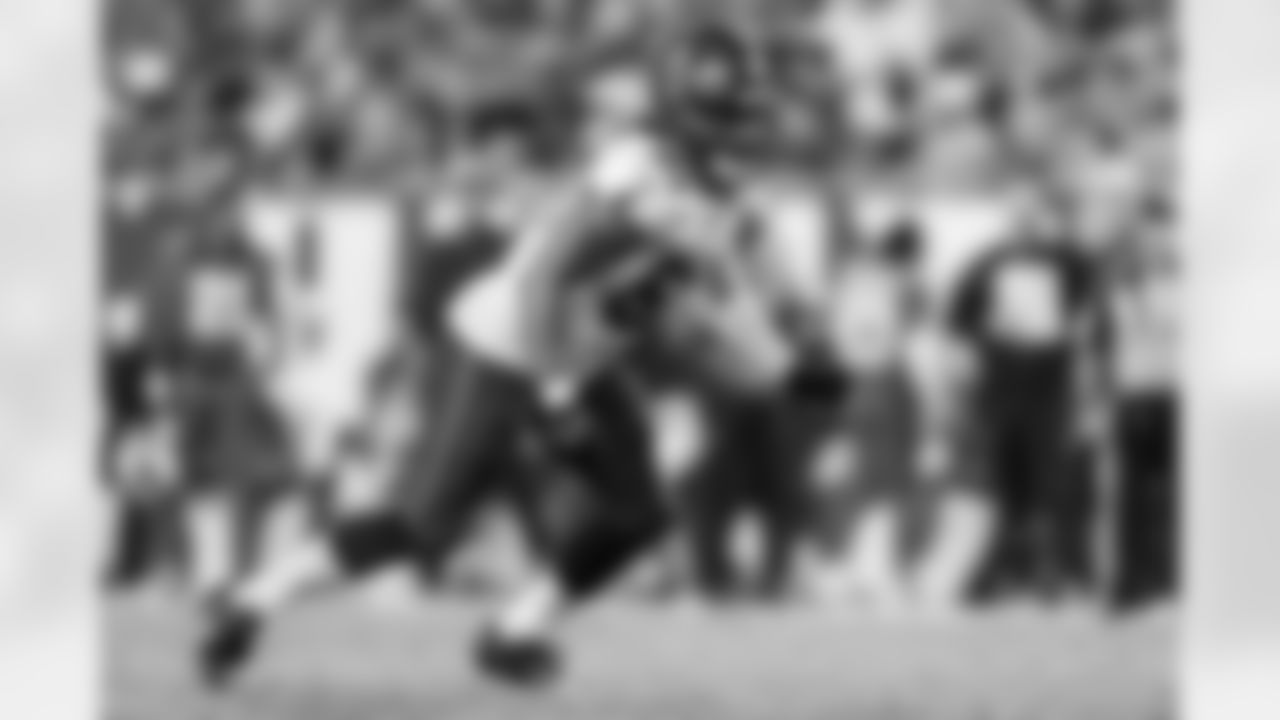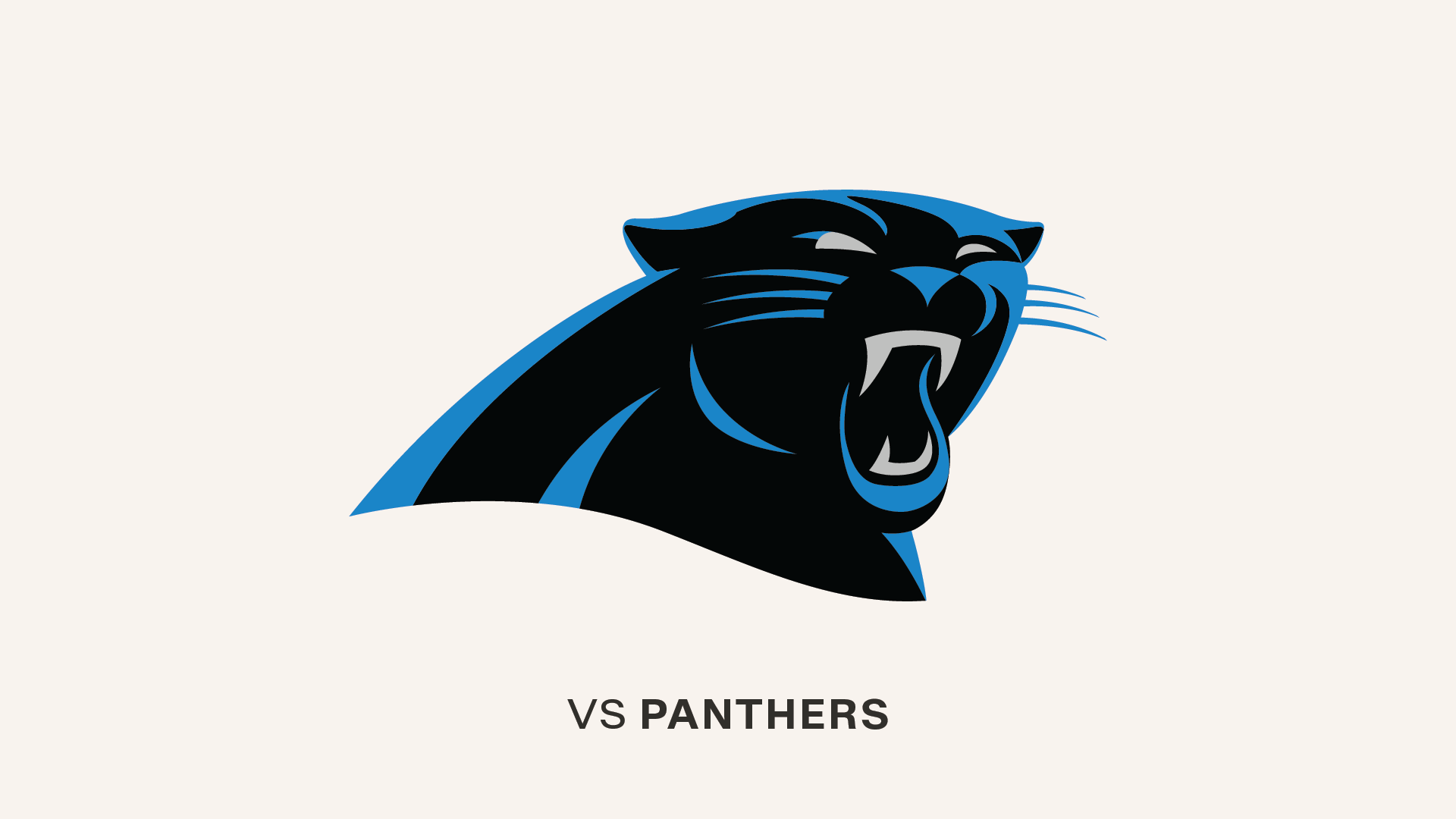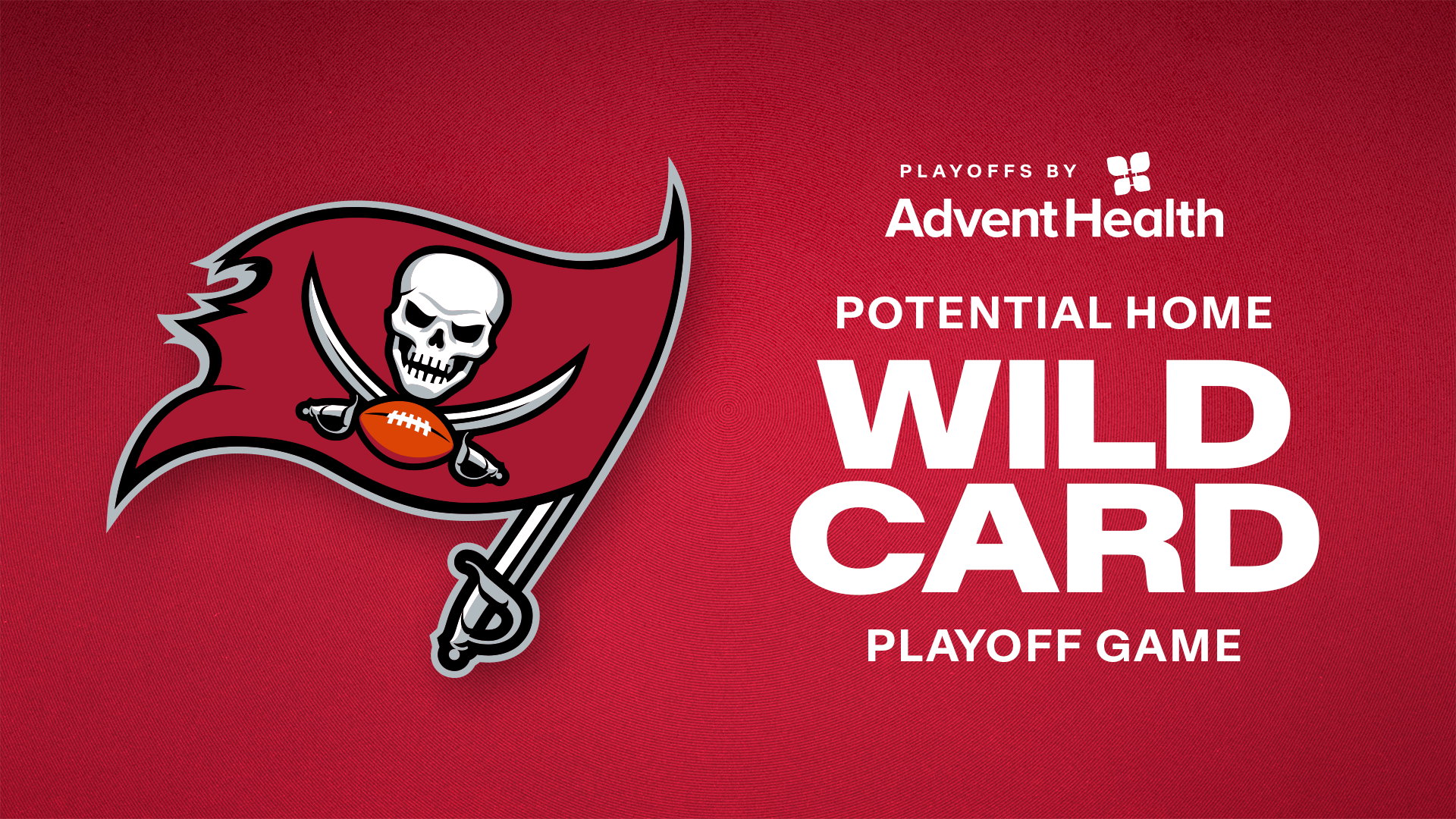While an NFL roster is never truly "final," the Tampa Bay Buccaneers at least set the overall shape of their 2024 team on Tuesday by making 38 moves to get the team down to the limit of 53 players. The way in which it took shape offers some clues as to the team's plans for the season, such as paring down to two quarterbacks, three running backs and five receivers. That group includes a pair of rookies in wide receiver Jalen McMillan and running back Bucky Irving, and early returns suggests they will both have significant roles in the offense.
How significant? Well, that remains to be seen but it is definitely a lingering question as the 2024 regular season approaches, and both players will be discussed below. As the Buccaneers prepare for the first game that actually counts on September 8 against Washington, here are three questions we still have about the offense.
1. How big of a share in the backfield rotation will rookie Bucky Irving get, and will Sean Tucker also be involved?
The Buccaneers only kept three running backs on the active roster, placing veteran Chase Edmonds on season-ending injured reserve. Truth be told, that would be more than enough if the Buccaneers followed the same plan as last year, which was to give almost the entire backfield workload to then-second year player Rachaad White. White logged 861 regular-season offensive snaps in 2023 – the most by any running back in the NFL – and no other Buccaneer back had more than 156. Over the final 10 weeks of the season, playoffs included, Edmonds was the only other back besides White to get on the field.
The selection of Irving in the fourth round, as the sixth running back taken overall, was a pretty clear indication that the Buccaneers do not want to follow that same pattern in 2024. White certainly used his playing time to put up impressive numbers, ranking fourth among all NFL running backs with 1,539 yards from scrimmage, 990 of which came on the ground. Since he is so good in the passing game, there is no need to take him off the field for any specific downs or situations. However, the Buccaneers surely feel that White, who averaged 3.6 yards per carry in the league's least productive rushing attack, can be more effective on a per-snap basis with a somewhat lighter workload.
Meanwhile, Irving is also a very natural pass-catcher so he has three-down capabilities as well, presuming the team is confident in his pass protection. Irving looked very good during the preseason, particularly when finding cutback lanes and hitting them without hesitation, finishing with 80 yards on 18 carries for a 4.4-yard average. Head Coach Todd Bowles said Irving was exactly the type of player they thought he would be when they drafted him out of Oregon.
With White and Irving both getting plenty of action, will there be room for Tucker to get involved? Tucker made the team as an undrafted rookie last year and at the beginning of the season was first in line for carries after White. But he didn't find much success with his early opportunities, gaining 23 yards on 15 carries and nine yards on two catches, and his workload soon disappeared. He was given just one offensive snap from Week Four on. However, Tucker has looked like a completely different player in his second NFL preseason. He led the Bucs with 120 rushing yards and averaged 5.7 yards per tote. He also turned his four catches into another 36 yards. Tucker is almost sure to be active on game days and may have a prominent role in the kickoff return game, so he'll be available if the Bucs decide to mix him in with White and Irving.
Here is the full 2024 Tampa Bay Buccaneers' 53-Man Roster.

OLB Shaq Barrett #56

C Graham Barton #62

OLB Chris Braswell #43

G Ben Bredeson #68

DL C.J. Brewer #95

LB K.J. Britt #52

P Jack Browning #5

TE Devin Culp #82

LB Lavonte David #54

CB Jamel Dean #35

LS Evan Deckers #86

OLB Yaya Diaby #0

TE Payne Durham #87

S Mike Edwards #21

WR Mike Evans #13

CB Tyrek Funderburk #24

DL Greg Gaines #96

DL William Gholston #92

T Luke Goedeke #67

C Robert Hainsey #70

DL Logan Hall #90

DB Josh Hayes #32

RB Bucky Irving #7

WR Rakim Jarrett #18

WR Kameron Johnson #9

DL Calijah Kancey #94

TE Ko Kieft #41

G Elijah Klein #79

G Cody Mauch #69

QB Baker Mayfield #6

CB Zyon McCollum #27

K Chase McLaughlin #4

WR Jalen McMillan #15

S Kaevon Merriweather #26

WR Ryan Miller #81

S Ryan Neal #36

OLB Anthony Nelson #98

Royce Newman (AP Photo/Stacy Bengs)

TE Cade Otton #88

WR Trey Palmer #10

OLB Jose Ramirez #33

LB J.J. Russell #51

WR Sterling Shepard #17

T Justin Skule #77

S Tykee Smith #23

DB Tavierre Thomas #37

QB Kyle Trask #2

OLB Joe Tryon-Shoyinka #9

RB Sean Tucker #44

NT Vita Vea #50

RB Rachaad White #1

S Antoine Winfield Jr. #31

T Tristan Wirfs #78
2. What will be the respective roles for rookie wide receiver Jalen McMillan and second-year man Trey Palmer?
A sixth-round pick in the 2023 draft, Palmer carved out a pretty sizeable role as a rookie. While Mike Evans and Chris Godwin remained the primary targets in the Bucs' passing game – and will surely do so again in 2024 – Palmer essentially settled in as the third receiver and was on the field for 63% of the team's offensive snaps. His final receiving totals weren't overwhelming, with 39 catches for 385 yards and three touchdowns, but he also helped the other pass-catchers find open space with his field-stretching speed.
Palmer could slide right back into that role. However, he has very strong competition to be the primary third receiver from McMillan, a rookie third-rounder who consistently impressed the coaching staff throughout training camp. With Evans and Godwin sitting out the first two preseason games, both Palmer and McMillan were on the field to start the first two games. Palmer sat out the third contest with a minor injury but McMillan started across from Godwin with Evans getting the night off. When the starting offense exited that contest following a game-opening 70-yard touchdown drive, McMillan left with it, perhaps an indication that he is considered a starter in three-receiver sets. McMillan had the Bucs' biggest offensive play of the night, leaping to catch a deep sideline pass between two Dolphins defenders at the Miami four-yard line.
McMillan played primarily out of the slot in his final year at Washington but prior to that saw a lot of action on the outside. The Bucs like that versatility because they plan on moving Godwin back into his pre-2023 role of being the primary slot receiver. There's a good chance that the fourth receiver will be used more extensively this year as compared to last year simply because both Palmer and McMillan are now both available. Which one sees the bigger chunk of time will be an interesting development to watch.
3. How heavily will the tight ends be featured in Liam Coen's offense?
The Buccaneers kept four tight ends on the 53-man roster and only five wideouts, which may have surprised some given Coen's background with Sean McVay and the Rams. Last season, for instance, the Rams ran three-receiver sets on 97% of their offensive snaps and almost never had two tight ends on the field together.
However, while there will surely be plenty of Rams' influence in Coen's schemes in Tampa, he is sure to have his own fingerprints on the offense as well, and that could include more two-TE packages. Head Coach Todd Bowles hinted at that on Tuesday when asked about the decision to keep four tight ends, and suggested there would be work in the offense for all of them. Cade Otton is the clear starter and he almost never came off the field last season, and Payne Durham is trending towards a bigger role in his second season. Ko Kieft and rookie Devin Culp are in the plans, as well.
"We'll play some more two-tight end as well, so we need the tight ends, and they're all up-and-coming," said Bowles. "Ko can play some fullback as well. Just for different personnel groupings, we needed them all."
Otton is the Bucs' most effective two-way tight end in terms of both blocking and receiving, which is why he is the field the most, but Durham has shown he has very reliable hands and can make catches downfield and in traffic. Kieft is the team's most rugged blocker and a core special-teamer, but he has eight catches on 15 targets over his first two seasons. Culp, another Washington product who the Bucs landed in the seventh round last year, has the most speed of the group and a very intriguing ability to pick up yards after the catch. How much playing time on offense will be available to each of those four remains to be seen, but it appears that the tight end position will not be an afterthought in Coen's offense.

























